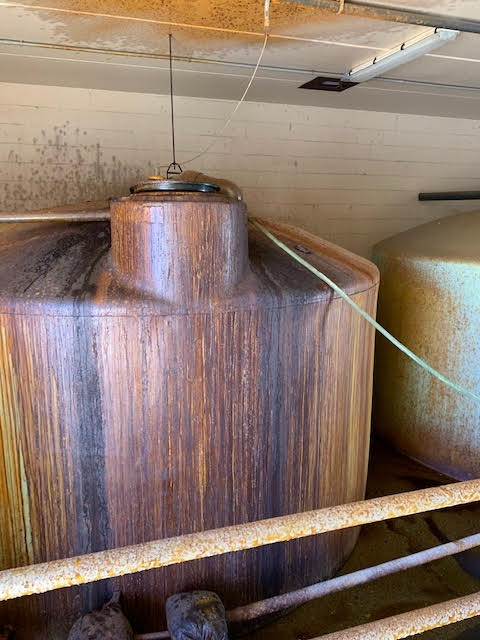WaterFX reduces chemical feeds
Removing phosphorus from wastewater can add a lot to your chemical feeds, and to your costs. First, there is the coagulant. If you are using aluminum or ferric-based coagulants, the amount of coagulant you add is often at least 4 to 1 in molar ratio of Al/Fe to P. If you have a low phosphorus limit, such as less than 1 mg/L, the molar ratio can be 8 to 1 or higher. This high level of coagulant feed has a ripple effect, causing you to increase the amount of other chemicals needed to achieve your treatment and disposal objectives.
Next is pH adjustment. This high level of coagulant feed combined with the exceptionally low pH of these coagulants (pH of <2) means you MUST adjust the pH. This adjustment, done typically by adding caustic, is necessary to maintain alkalinity for biological treatment for BOD and ammonia, and to help you stay within your discharge pH limit.
Then there is polymer for sludge dewatering and disposal. Because so much coagulant is required to achieve the phosphorus limit, traditional phosphorus removal coagulants create a lot of chemical sludge. But in addition to the total volume of sludge created, these coagulants bind significant amounts of water within the sludge floc. To break up the floc and release the water for dewatering takes more polymer than simple biological sludge. Even with the higher polymer dosage, your sludge will still hold onto more water than you might like, driving up your disposal costs.
A simple switch to WaterFX can reduce ALL these chemical feeds
Due to the superior phosphorus bonding of the lanthanide-based coagulant in WaterFX, all these chemical feeds can be reduced and, in some plants, even eliminated.
First, lanthanide coagulants selectively attract and tightly bind phosphorus, so the ratio of feed to phosphorus removed is almost 1:1. The amount of coagulant you need to feed is drastically reduced as a result, especially as your limit gets lower. P limits of 0.1 mg/L or less are readily achieved with WaterFX while still maintaining this 1:1 molar ratio FX to P. You can see our case studies at https://neowatertreatment.com/case-studies/ )
Just reducing the volume of coagulant fed will create less chemical sludge, which will reduce the amount of polymer required to dewater your biosolids. But WaterFX has an additional advantage. It binds P in a dense crystal, not a fluffy floc, resulting in no bound water. You don’t need to add additional polymer just to break up flocs and release the water within. You achieve a drier dewatered sludge with a much lower polymer feed.
But perhaps the most dramatic benefit of WaterFX is the reduction in the amount of caustic you need to add for pH adjustment and to maintain alkalinity. Unlike traditional coagulants that have a pH of <2, WaterFX has a non-hazardous pH of 3 to 4. Combined with the much lower feed volume, you end up adding 1,000 to 2,000 times LESS acidity to your wastewater. This means you need much less caustic to get it back to neutral and restore alkalinity. In many plants that have used WaterFX, caustic feeds have been eliminated entirely.
Less chemical feeds add up to significant savings
All these chemical feed reductions add up to significant cost savings as well as simplified operations in maintaining chemical inventories and receiving shipments.
If feeding less chemicals and simplifying your operations sounds good to you, contact us for a free evaluation.
Our engineers can help you determine if switching to WaterFX is right for your plant. https://neowatertreatment.com/contact/



